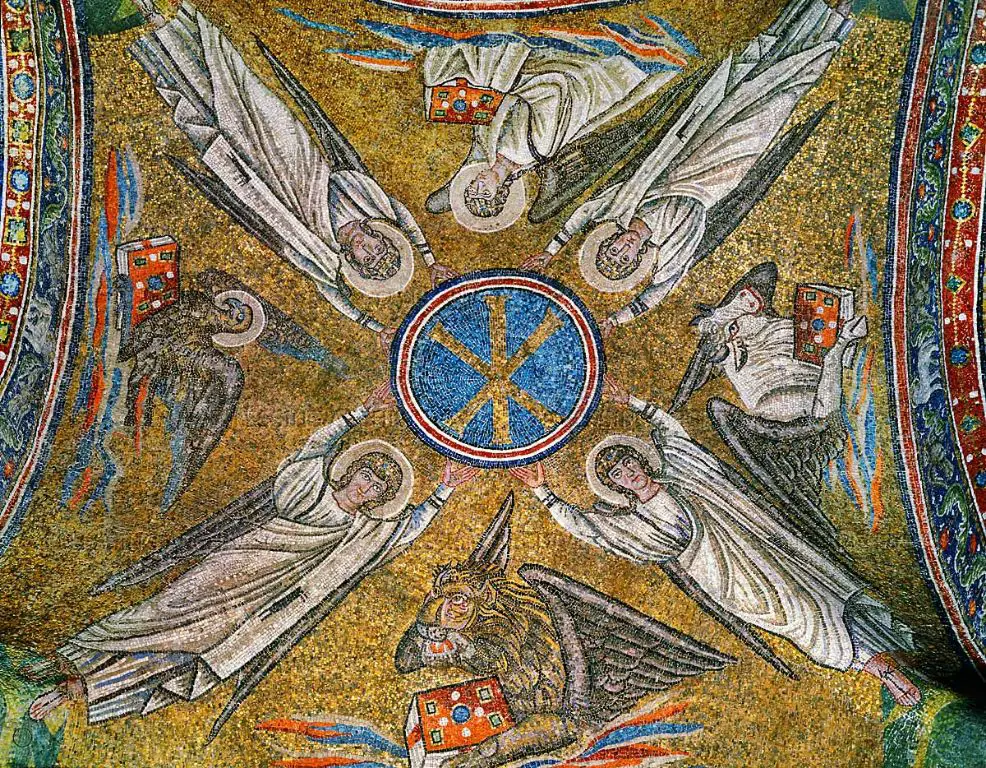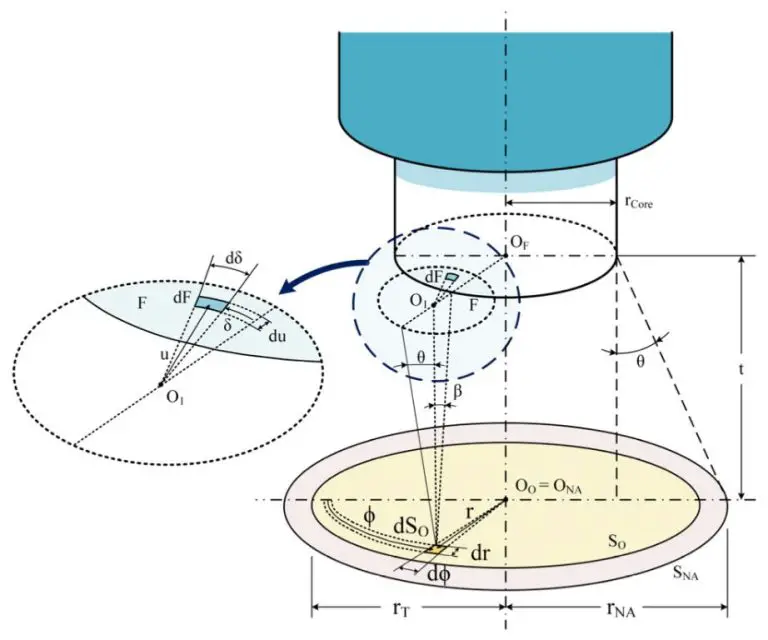What Are The 12 Days Of Christmas Ornaments?
The “Twelve Days of Christmas” is a traditional Christmas song that dates back to the 18th century England, though its exact origins are unclear. The song enumerates a series of increasingly grand gifts given on each of the twelve days of Christmas (the twelve days that make up the Christmas season, starting December 25 and ending January 5). The lyrics have been interpreted as both a catechism song to teach children Christian doctrine, as well as a memory and forfeits game.
While the exact roots of the song are unknown, it is thought to have French origins. The song was first published in England in 1780 in a children’s book called Mirth Without Mischief. The 12 days in the song refer to the festive Christian season starting December 25 (Christmas Day) and ending January 5 (Twelfth Night). During this time, Christians commemorate the birth of Jesus Christ in Bethlehem. In medieval England, this period was a time of ongoing festivities and parties.
Today, the “Twelve Days of Christmas” remains a beloved holiday tune that highlights the celebrations and traditions of the Christmas season. The song lyrically describes a series of increasingly grand gifts given on each successive day, making it a popular memory and singing game. Some families even give the actual gifts from the song each day during the 12 days of Christmas.
The Partridge in a Pear Tree
The partridge in a pear tree is the symbol that represents Jesus Christ in the song “The Twelve Days of Christmas.” The partridge represents Jesus because mother partridges will feign injury to decoy predators away from their nests, much like Christ sacrificed himself to save humanity. The pear tree represents the cross that Jesus was crucified on. Together, the partridge and pear tree depict Christ’s passion and salvation.
According to one source, the partridge in a pear tree “stands for Jesus” (source). Another interpretation is that the partridge represents the infant Jesus in a manger (“Partridge In A Pear Tree Ornament,” source). The partridge’s willingness to sacrifice itself to protect its young is seen as similar to Christ’s sacrifice for humankind.
The pear tree represents the cross and Jesus’ crucifixion. Together, the partridge nestled in the pear tree symbolizes the Nativity and Christ’s later sacrifice to redeem humanity. This imagery captures the key events in Christ’s life celebrated during Advent and Christmas (“What is the significance of a partridge in a pear tree…,” source).
Two Turtle Doves
In the song “The Twelve Days of Christmas,” the two turtle doves represent the Old and New Testaments of the Bible. According to one source, “Years ago, the song served as a secret means of teaching the Catholic faith in Protestant England” (https://witsendgiftique.com/products/two-turtle-doves-ornament). The turtle dove is known for being devoted and sacrificial, so the gift symbolizes faithfulness and sacrifice.
Specifically, the Old Testament turtle dove represents Judaism and God’s covenant with His chosen people, while the New Testament turtle dove represents Christianity and God’s new covenant through Christ. Together, the doves symbolize the unity and connectedness between Christianity and Judaism (https://oldworldchristmas.com/products/two-turtle-doves-ornament).
Today, the two turtle dove ornaments remind us of the sacrificial love of God and the faithfulness between God and humankind across both major biblical eras. The doves inspire us to be loyal and loving in our relationships.
Three French Hens
The Three French Hens ornament represents the third gift given on the third day in the song “The Twelve Days of Christmas.” According to Old World Christmas, the three French hens represent the three Cardinal Virtues: faith, hope and charity. French hens were expensive gifts during the time period of the song’s origin, so they fit with the cumulative, increasingly valuable gifts given each day.
Some believe the three French hens refer to the three expensive gifts given by the wise men: gold, frankincense and myrrh (Hampshire Pewter). The French Hen ornament serves as a representation of the rich and eccentric gifts one might receive from an ardent admirer.
Four Calling Birds
The four calling birds represent the four Gospels in the New Testament – Matthew, Mark, Luke and John. These are represented by four birds, often colored birds like parrots or canaries, symbolizing the proclamation of the Gospels throughout the world. The birds are calling out, spreading the word of God.
In the well-known Christmas carol, these birds are described as “four colly birds,” where “colly” means “black as coal.” This may be a reference to the black and white printed pages of the Gospels. The birds were later changed to calling birds, perhaps referring to their spreading the message of the Gospels.
Some popular four calling birds ornaments include:
- The bell-shaped Four Calling Birds Ornament from Pewabic Pottery featuring four parrots.
- The silver Four Calling Birds Ornament from Nambé with golden branches.

Five Golden Rings
The five golden rings referred to in the song may not be jewelry at all. According to some theories, the rings represent the yellow rings around the neck of the ring-necked pheasant, a common game bird in Medieval Europe. The yellow, golden color of the rings gave rise to the reference in the song (Source).
Rather than material gifts, the five golden rings can symbolize the Pentateuch, or the first five books of the Old Testament. This interpretation emphasizes the spiritual meaning behind the Twelve Days of Christmas (Source). The five golden rings tie into the religious and Christian origins of the holiday song.
Six Geese a Laying
The six geese a laying represent the six days of creation in the Bible’s book of Genesis. Just as eggs symbolize new life and creation, the geese laying eggs connect to the biblical story of God creating the heavens and the earth in six days (Genesis 1:1-31).
The six geese laying eggs can be seen as a symbol of the creative power of God. Genesis 1 describes how on each of the six days, God created different elements of the world: light, sky, land, plants, sun/moon/stars, animals, and humans. So the six geese and their eggs represent the six acts of creation.
Some sources also link the six geese to the six attributes of God described in Exodus 34:6-7: compassionate, gracious, patient, loving, faithful, and forgiving. The geese and eggs can represent how God infused these qualities into the creation.
Overall, the six geese a laying symbolize the biblical six days of creation and God’s power in generating new life. The eggs they lay evoke Genesis imagery of forming the world and imbuing it with divine qualities.
Seven Swans a Swimming
The seventh day of Christmas in the classic carol is “Seven swans a swimming.” This line refers to seven ornamental swans depicting the beauty and grace of these elegant birds. Despite its apocryphal origins, many people hold that the Seven Swans a Swimming represent either the seven gifts of the Holy Spirt or the seven Sacraments as noted by the Danforth Pewter Company (https://www.danforthpewter.com/seven-swans-a-swimming-pewter-ornament). Beyond the Christian symbolism, swans also represent beauty, love, gracefulness and purity throughout various cultures.
Swan ornaments like those created by artist Jason Lyons (http://jasonlyonsarts.com/purchase/the-swan-2020-ornament) aim to capture the essence of these creatures within the twelve days of Christmas theme.Their flowing shapes and often elegant poses depict the Seventh day’s traditional seven swans swimming. As part of a set, they add beauty and meaning to the classic holiday ornament collection.
Eight Maids a Milking
The eight maids a milking ornament represents the eighth gift given in the popular Christmas carol “The Twelve Days of Christmas.” While the song’s origins are unknown, many believe each gift symbolizes an important aspect of the Christian faith. In this tradition, the eight maids a milking are said to represent the eight beatitudes from Jesus’s Sermon on the Mount (Matthew 5:3-10). The maids symbolize blessings for the poor, meek, merciful, and persecuted.
Ornaments depicting this verse typically show eight milkmaids, often carrying buckets or milking cows. The maids may wear bonnets or aprons as they go about their milking duties. Though the lyrics specify “maids,” some modern ornaments portray both male and female figures. The ornament can be made from various materials like porcelain, pewter, glass, and wood.
One example is the handcrafted Eight Maids A Milking pewter ornament from Danforth Pewter. The ornament features eight detailed milkmaids circulating around a central cow. Another is the collectible porcelain Eight Maids a-Milking ornament from Pewabic Pottery, showing eight women in bonnets milking cows.
Twelve Drummers Drumming
The twelve drummers drumming ornament represents the twelfth and final gift given in the classic Christmas carol “The Twelve Days of Christmas.” This ornament symbolizes the twelve points of doctrine in the Apostles’ Creed, according to the Catholic tradition behind the carol. The Apostles’ Creed is an early statement of Christian belief, dating back to the 4th century.
The twelve drummers are said to represent the twelve apostles who spread the Gospel message after the resurrection of Jesus Christ. The steady drumbeat evokes the apostles’ steadfast faith and the rhythmic spread of Christianity throughout the world. Much like drummers keep time in a marching band, the twelve apostles kept the rhythm of the faith alive.
The ornament usually depicts one lone drummer boy, or twelve small drummers in a circle. Either image represents the unanimity and solidarity of the twelve apostles. The drummer boy echoes the character in the Christmas carol “The Little Drummer Boy,” who had no gift for the baby Jesus except his simple music.
Twelve drummers drumming serves as a beautiful finale to the cumulative list of gifts in “The Twelve Days of Christmas.” As the climax of the carol, it symbolizes the completeness of Christian teaching and the fulfillment of Christ’s message of faith, hope, and love. This ornament is a joyful decoration that musically announces the grand conclusion of the 12 days of Christmas.




